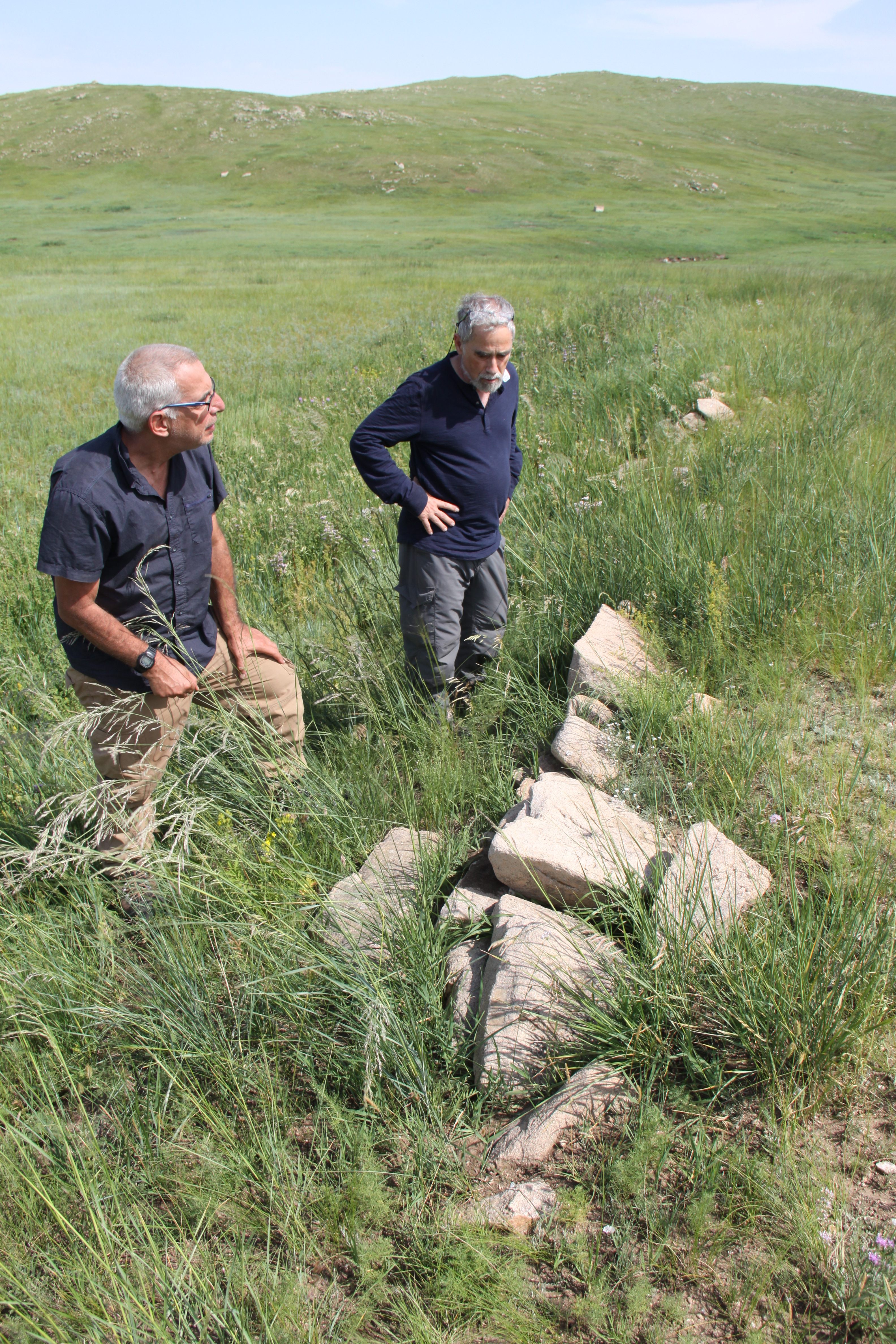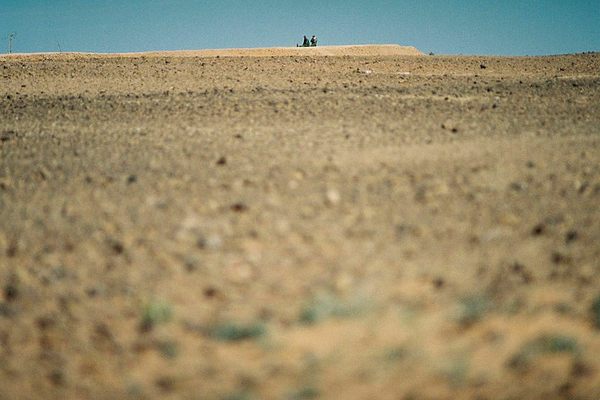Was Part of the Great Wall of China Built in a Panic—or Just to Control Livestock?
The Mongolian section could have been related to Genghis Khan or to cows.
Amid Eastern Mongolia’s sand dunes, snow-capped Khingan Mountain Range, and largely barren high plateaus lies over 250 miles of wall.
The Mongolian Arc is a crescent-shaped wall constructed between the 11th and 13th centuries. It crosses the remote Mongolian provinces of Dornod and Sukhbaatar, running parallel to the border between China and Mongolia, and it is the least understood section of what most people call the Great Wall of China.
Technically, the “Great Wall” isn’t a single structure, but an extensive network of long walls, trenches, and auxiliary enclosures built over many millennia that spreads throughout China and stretches into parts of southern Mongolia.
It’s long been understood that many portions of the Great Wall were built for defensive purposes, evoking thoughts of epic battles, Mongol armies, and even Genghis Khan. But a recent study on the Arc section both supports and complicates that notion.

The most commonly visited section of the Great Wall was constructed during the Ming dynasty from 1348–1644. The Mongolian Arc sits north of the more famous section and was built about 500 years earlier.
The Mongolian Arc isn’t quite as attention-grabbing as its more majestic counterpart. Due to its isolated location and visually unremarkable appearance, the Arc section had not previously been studied until now. An international team of researchers combined remote sensing technology and satellite imagery, historical Chinese atlases and Soviet maps, and field work to track the entire Arc wall line for the first time.
Ambiguity around the purpose of some of these wall systems has puzzled archaeologists for decades, but the latest study reveals some potentially significant insights into the socio-political environment of the medieval world. The new survey and excavations at the Arc could reveal rushed attempts to stop quickly moving armies, or else it could show that the wall was needed to herd people and their animals.

The first theory is the more exciting one. The frontier between China and Mongolia was highly contentious for centuries, and many regimes erected forts and walls along this route, most likely in response to an impending Mongol threat into Jin territories. The Mongolian Arc was constructed around this same time, in the early Liao or Jin dynasty.
“This is an area and a period very relevant to the rise of Genghis Khan to power,” says Gideon Shelach-Lavi, Professor of Asian Studies at Hebrew University and lead researcher on the project. “Our research uncovers the process by which the Jin established it as a border zone.”
Chinese historian Wang Guowei first presented the “hasty wall building” hypothesis to the field in 1921. The latest study may have finally discovered the first archaeological evidence to support it.

The Mongolian Arc’s wall line is interrupted by numerous gaps—some caused by natural processes such as sand erosion—but many with intentional endpoints where no wall ever existed. Researchers view these unfinished sections as vulnerabilities which would have undermined the integrity of the wall system. They believe these gaps are probably the result of expedited building in anticipation of swiftly invading Mongol armies.
“If in haste, these walls were hurried not just against any impending invasion into a Chinese heartland,” says Bryan Miller, Curator of Asian Archaeology at the University of Michigan, “but more importantly, to ward off looming threats of another group (the Mongols) taking over those frontier lands.”
So far, 34 additional enclosures have been plotted close to the Arc’s wall line. Their proximity to the wall indicates they were important to the functioning of the wall system—but in some ways, the enclosures’ placements contradict a military function. This is what leads us to the second theory.

The structures are generally located at lower altitudes in the landscape and most don’t exist within a sightline of another structure or have a strong visual command over the wall itself. These characteristics don’t support the theory that they were part of a large-scale defense tactic. Rather, it’s possible the enclosures played a bureaucratic role in moving people and livestock throughout the walled region and across streams.
“These walls, and the walls built before and after them in the history of the Inner Asian frontiers, were not just for defense but for the control of the movements and interactions along the frontier,” Miller says.
Excavations on the wall and two structures will continue at the Arc site this year. “Fieldwork such as this,” explains Miller, “is more demanding, requiring several days of driving over roadless terrain and planning for food and supplies to manage a camp.” But despite environmental challenges, the project researchers are determined to further put the “hasty wall” premise to the test. They hope to narrow down construction dates in order to better determine what pivotal activities once took place in these distant reaches of historic Mongolia.













Follow us on Twitter to get the latest on the world's hidden wonders.
Like us on Facebook to get the latest on the world's hidden wonders.
Follow us on Twitter Like us on Facebook